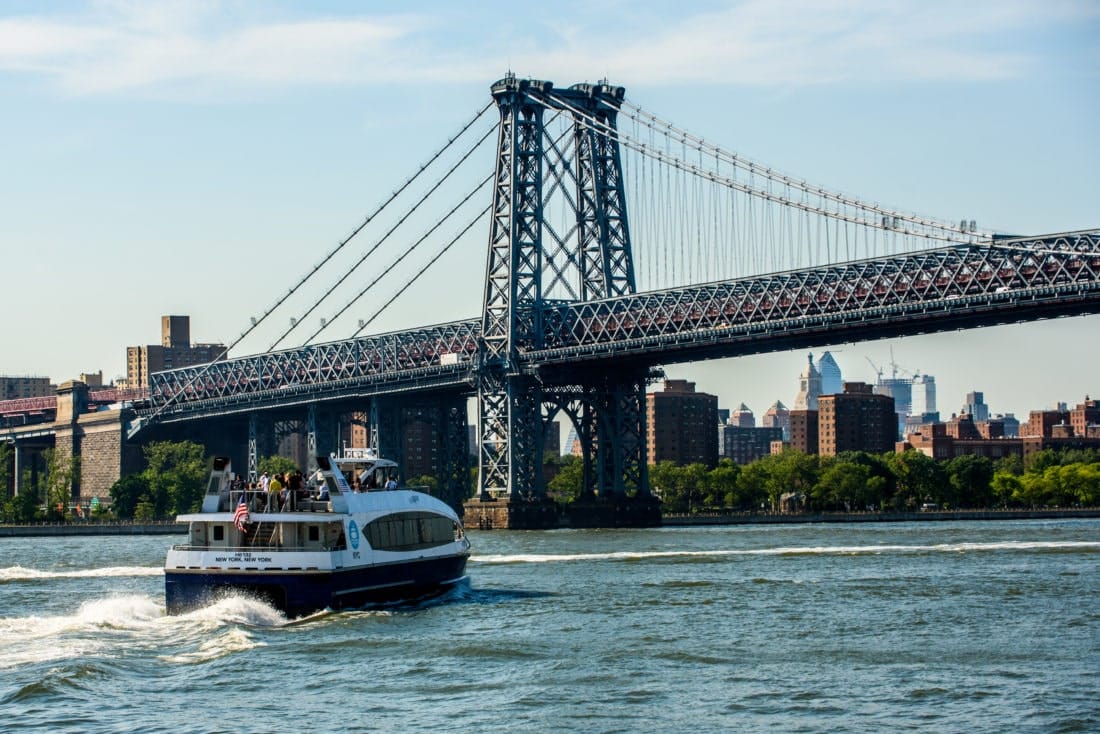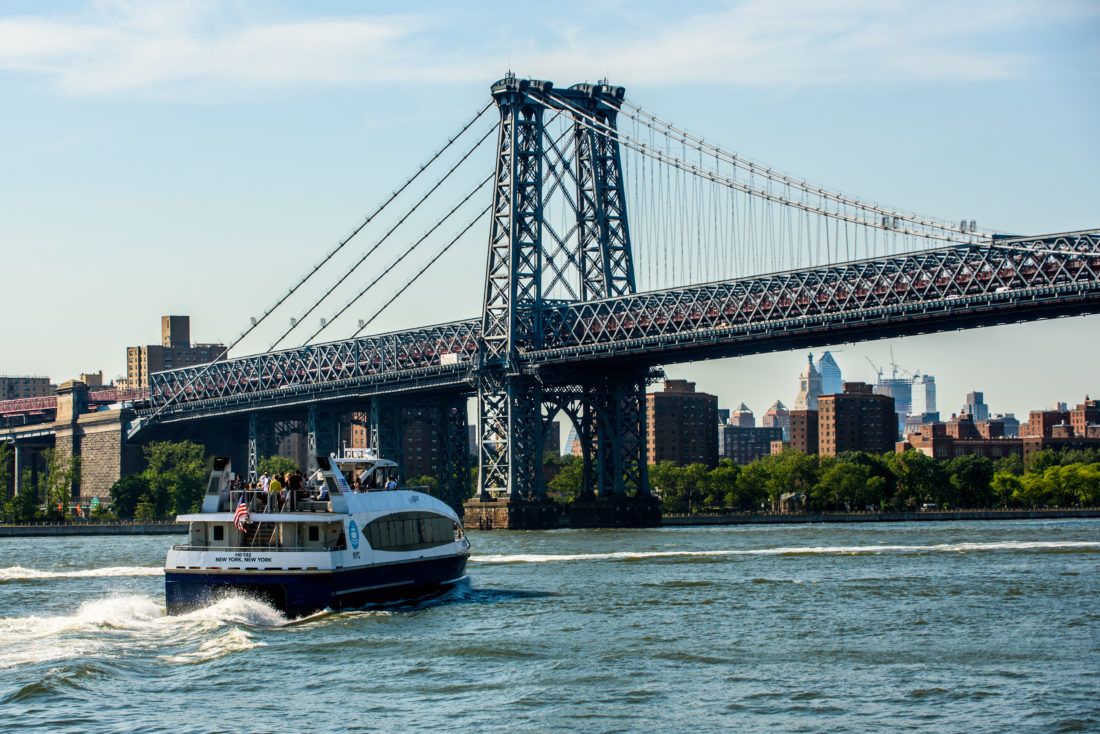NYC Ferry Celebrates High Ridership, But A Storm Is Coming


While the NYC Ferry celebrates a year of higher than expected ridership systemwide, the coming closure of the L train could create a tidal wave of new commuters that would nearly triple the current number of passengers on its East River route.
Between May 1st and December 31st of 2017, the new East River route of the NYC Ferry carried approximately 1,591,000 passengers between Manhattan and Brooklyn. That’s a daily ridership of roughly 6,630 people.
But when the L train stops running to Manhattan in April 2019, forcing 225,000 riders a day to find a new way across the water, that number will skyrocket. Ferries are expected to absorb 5% of the daily ridership affected by the L train closure, according to an MTA and DOT report.
That’s an additional 11,250 passenger each day, enough to fill up every boat in the current fleet more than three times over.
The report states that the MTA will open a new, direct ferry route from North 6th Street in Williamsburg to Stuyvesant Cove in Manhattan as part of the plan to deal with the L train closure. However, details beyond that basic intention are hard to come by.
An MTA spokesperson said that the details in the report are the most current information available. Plans are in the development stage, but the MTA will reportedly seek public input at a later date.
Currently, the ferry system is planned to have 20 boats serving 6 routes, carrying 149 passengers each at capacity. The NYC Ferry also announced they’d be adding 6 additional boats in 2018, with a much larger capacity of 349 passengers.
The news of additional boats comes after systemwide ferry ridership exceeded expectations in 2017, with nearly 3 million passengers riding routes from Rockaway to Astoria—some 34% more than expected. But even with plans to expand, the system doesn’t appear ready for what’s coming.
Like all the suggested efforts by the MTA and DOT to mitigate the effects of the impending L train closure, this one will require a huge investment in infrastructure—and quickly. With less than 15 months to go, it looks like many commuters will be left high and dry.




